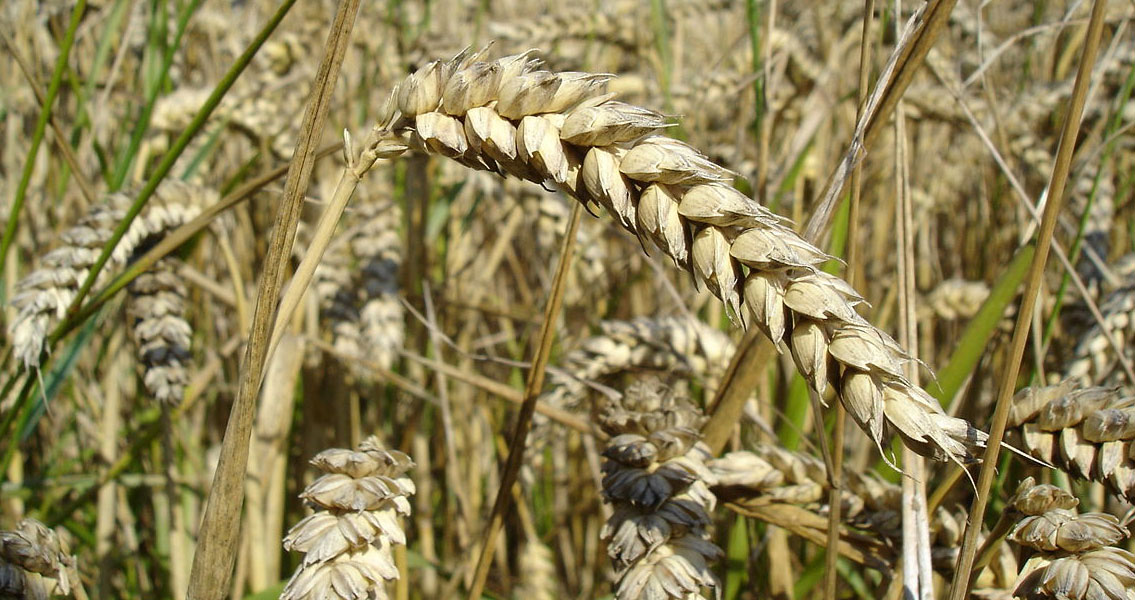<![CDATA[The Himalayas are climbed by thousands of explorers, hikers and thrill seekers every year. A lot of them don’t complete the journey, but those who do tell of freezing temperatures and other dangers. You can imagine the shock some scientists must have felt then, when they discovered that agriculture was booming at these dizzying heights over 3,500 years ago. The Tibetan Plateau, which is known as the “roof of the world”, is home to dozens of archaeological sites spanning 800 miles, according to a new study published in the journal 'Science'. A team of scientists from the University of Cambridge has found evidence of sustained farming and human habitation as high as 11,154 feet (3,400 meters) above sea level. Scientists have long speculated that humans lived at these heights, and have found evidence of human life in the Himalayas dating back at least 20,000 years. It was thought the humans who lived there merely hunted for food, however, the new evidence shows clearly that they also settled and farmed. What is even more fascinating about the discovery is the fact that these mountain dwellers seem to have thrived at a time when the world’s climate was actually getting colder. New questions are now being asked about the ancient people who lived in these areas. Were they genetically resistant to altitude sickness, and how did the plants survive the extreme weather conditions? The scientists are also trying to determine the ethnic and genetic identities of the people who lived there. At present, the crops most commonly grown on the Tibetan Plateau are grains such as barley and wheat. These crops are not native to the area however, and only grow naturally in the Himalayan lowlands and plains. The scientists are trying to find out when and how these crops were introduced to the Plateau. 53 sites across the Himalayas were studied for animal bones and plant remains. At all of the sites, cereal grains were found, indicating the presence of farming. From their discoveries, the scientists concluded that the people who lived on the Plateau between 5,200 and 3,600 years ago settled no higher than 2,500 metres above sea level. The people who lived there from 3,600 to 2,300 years ago however, went a little higher and settled at 3,400 metres. The scientists hope to learn more about how crops such as wheat and barley were grown at such high levels, and how the farmers were able to grow a wide range of crops during a period of significant climate change. Image courtesy of: Bluemoose]]>
Ancient People Grew Crops on the “Roof Of The World”
